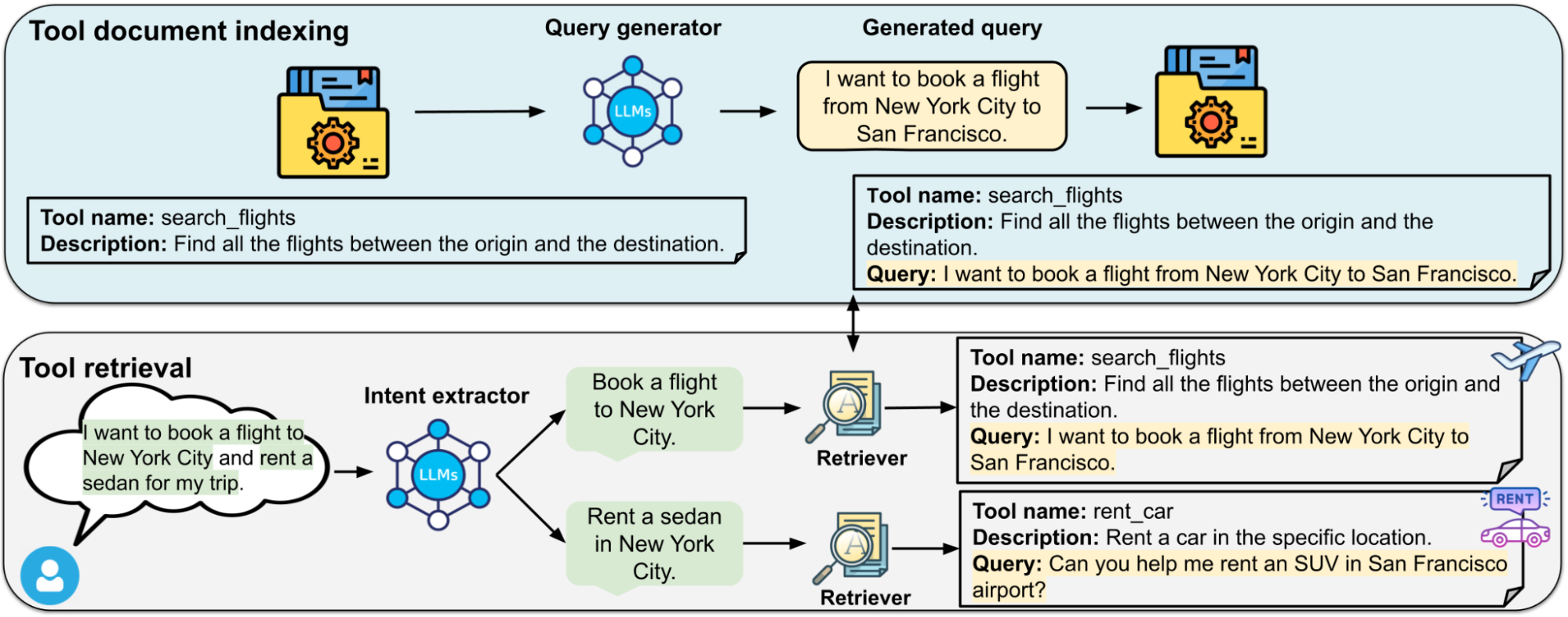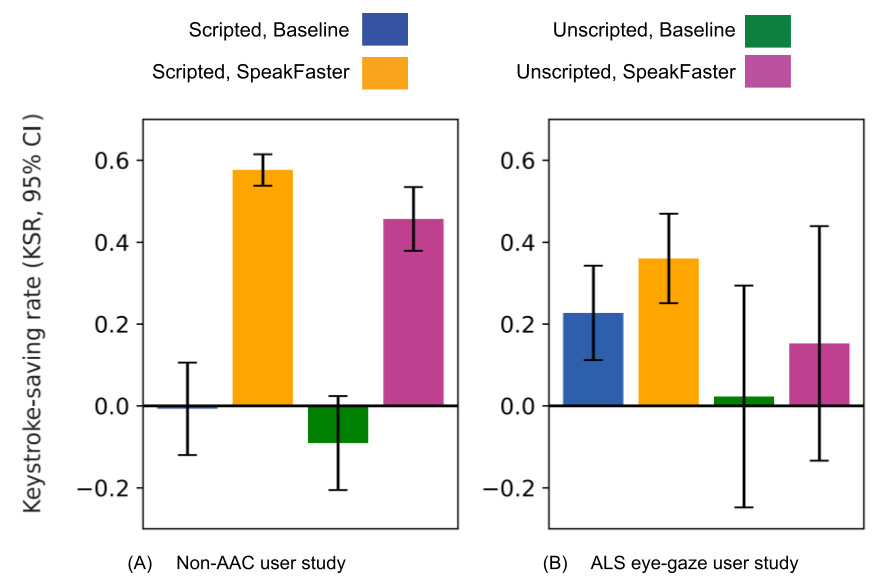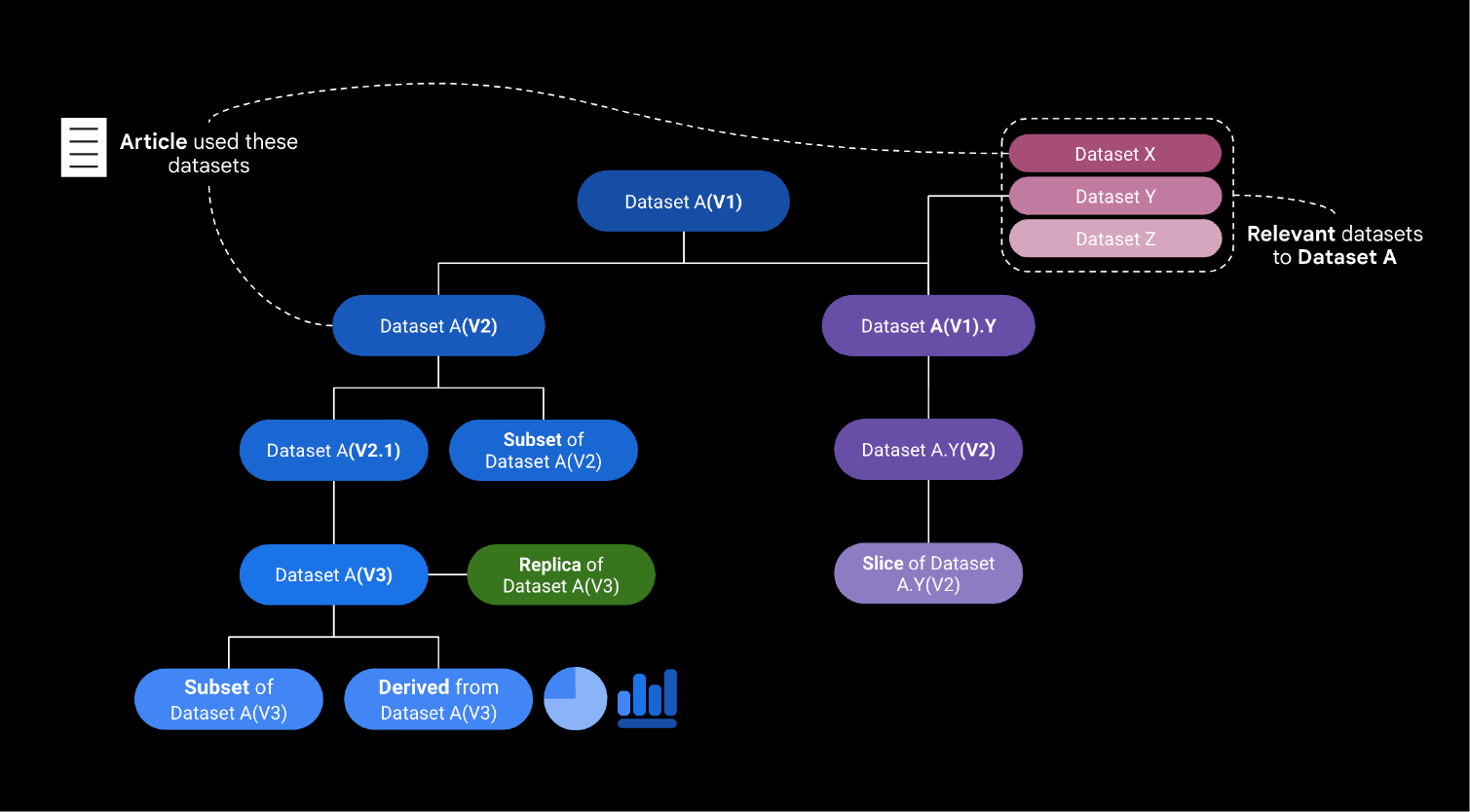
The Language Interpretability Tool (LIT): Interactive Exploration and Analysis of NLP Models
November 20, 2020
Posted by James Wexler, Software Developer and Ian Tenney, Software Engineer, Google Research
Quick links
As natural language processing (NLP) models become more powerful and are deployed in more real-world contexts, understanding their behavior is becoming increasingly critical. While advances in modeling have brought unprecedented performance on many NLP tasks, many research questions remain about not only the behavior of these models under domain shift and adversarial settings, but also their tendencies to behave according to social biases or shallow heuristics.
For any new model, one might want to know in which cases a model performs poorly, why a model makes a particular prediction, or whether a model will behave consistently under varying inputs, such as changes to textual style or pronoun gender. But, despite the recent explosion of work on model understanding and evaluation, there is no “silver bullet” for analysis. Practitioners must often experiment with many techniques, looking at local explanations, aggregate metrics, and counterfactual variations of the input to build a better understanding of model behavior, with each of these techniques often requiring its own software package or bespoke tool. Our previously released What-If Tool was built to address this challenge by enabling black-box probing of classification and regression models, thus enabling researchers to more easily debug performance and analyze the fairness of machine learning models through interaction and visualization. But there was still a need for a toolkit that would address challenges specific to NLP models.
With these challenges in mind, we built and open-sourced the Language Interpretability Tool (LIT), an interactive platform for NLP model understanding. LIT builds upon the lessons learned from the What-If Tool with greatly expanded capabilities, which cover a wide range of NLP tasks including sequence generation, span labeling, classification and regression, along with customizable and extensible visualizations and model analysis.
LIT supports local explanations, including salience maps, attention, and rich visualizations of model predictions, as well as aggregate analysis including metrics, embedding spaces, and flexible slicing. It allows users to easily hop between visualizations to test local hypotheses and validate them over a dataset. LIT provides support for counterfactual generation, in which new data points can be added on the fly, and their effect on the model visualized immediately. Side-by-side comparison allows for two models, or two individual data points, to be visualized simultaneously. More details about LIT can be found in our system demonstration paper, which was presented at EMNLP 2020.
 |
| Exploring a sentiment classifier with LIT. |
Customizability
In order to better address the broad range of users with different interests and priorities that we hope will use LIT, we’ve built the tool to be easily customizable and extensible from the start. Using LIT on a particular NLP model and dataset only requires writing a small bit of Python code. Custom components, such as task-specific metrics calculations or counterfactual generators, can be written in Python and added to a LIT instance through our provided APIs. Also, the front end itself can be customized, with new modules that integrate directly into the UI. For more on extending the tool, check out our documentation on GitHub.
Demos
To illustrate some of the capabilities of LIT, we have created a few demos using pre-trained models. The full list is available on the LIT website, and we describe two of them here:
- Sentiment analysis: In this example, a user can explore a BERT-based binary classifier that predicts if a sentence has positive or negative sentiment. The demo uses the Stanford Sentiment Treebank of sentences from movie reviews to demonstrate model behavior. One can examine local explanations using saliency maps provided by a variety of techniques (such as LIME and integrated gradients), and can test model behavior with perturbed (counterfactual) examples using techniques such as back-translation, word replacement, or adversarial attacks. These techniques can help pinpoint under what scenarios a model fails, and whether those failures are generalizable, which can then be used to inform how best to improve a model.

Analyzing token-based salience of an incorrect prediction. The word “laughable” seems to be incorrectly raising the positive sentiment score of this example. - Masked word prediction: Masked language modeling is a "fill-in-the-blank" task, where the model predicts different words that could complete a sentence. For example, given the prompt, "I took my ___ for a walk", the model might predict a high score for "dog." In LIT one can explore this interactively by typing in sentences or choosing from a pre-loaded corpus, and then clicking specific tokens to see what a model like BERT understands about language, or about the world.

Interactively selecting a token to mask, and viewing a language model's predictions.
LIT in Practice and Future Work
Although LIT is a new tool, we have already seen the value that it can provide for model understanding. Its visualizations can be used to find patterns in model behavior, such as outlying clusters in embedding space, or words with outsized importance to the predictions. Exploration in LIT can test for potential biases in models, as demonstrated in our case study of LIT exploring gender bias in a coreference model. This type of analysis can inform next steps in improving model performance, such as applying MinDiff to mitigate systemic bias. It can also be used as an easy and fast way to create an interactive demo for any NLP model.
Check out the tool either through our provided demos, or by bringing up a LIT server for your own models and datasets. The work on LIT has just started, and there are a number of new capabilities and refinements planned, including the addition of new interpretability techniques from cutting edge ML and NLP research. If there are other techniques that you’d like to see added to the tool, please let us know! Join our mailing list to stay up to date as LIT evolves. And as the code is open-source, we welcome feedback on and contributions to the tool.
Acknowledgments
LIT is a collaborative effort between the Google Research PAIR and Language teams. This post represents the work of the many contributors across Google, including Andy Coenen, Ann Yuan, Carey Radebaugh, Ellen Jiang, Emily Reif, Jasmijn Bastings, Kristen Olson, Leslie Lai, Mahima Pushkarna, Sebastian Gehrmann, and Tolga Bolukbasi. We would like to thank all those who contributed to the project, both inside and outside Google, and the teams that have piloted its use and provided valuable feedback.


